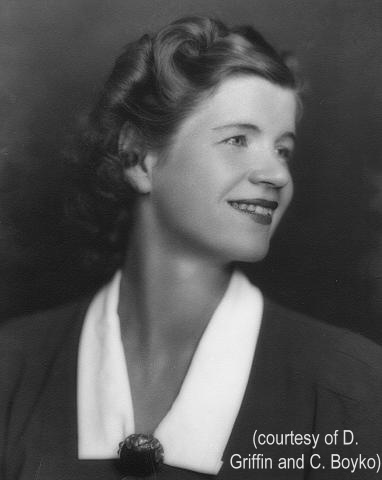Zootaxa
2337:
47-62 (2010)
 |
Uca jocelynae sp. nov., a new species of fiddler crab (Crustacea:
Brachyura: Ocypodidae) from the Western Pacific |
Hsi-Te Shih, Tohru Naruse & Peter K. L. Ng
A new species
of fiddler crab, Uca jocelynae
sp. nov., belonging to the U. vocans complex, is described
from the islands in Western Pacific on the basis of morphological and molecular
data. The new species was previously identified with U. neocultrimana
(Bott, 1973) (= U. vocans pacificensis Crane, 1975). The two species can
be readily distinguished by characters of the male major chelae, carapace
features, and the form of the vulvae. The molecular data of parts of the
mitochondrial 16S rRNA and cytochrome oxidase I (COI) genes support that both
are sister taxa but nevertheless distinct enough to be regarded as separate
species. Uca jocelynae is widely distributed from the islands in the
Western Pacific, while U. neocultrimana occurs in Fiji and eastwards.
Key words:
Uca jocelynae,
U. neocultrimana, U. vocans complex, Western Pacific islands, 16S
rRNA, cytochrome oxidase I, taxonomy.
Figure
1.
Collection sites for species of the Uca vocans complex used in our study:
red circles (nos. 1¡V9) for U. jocelynae sp. nov.; blue triangles
(nos. 10¡V11) for U. neocultrimana; green squares (nos. 12¡V18) for other
species (Table 1). Gray circles and triangle (with nos. 19¡V28) mean the
additional records of U. jocelynae and U. neocultrimana,
respectively, from other references (Bott 1973; Crane 1975; Barnwell 1982;
Minemizu 2000): 19, Kume I. in the Ryukyus; 20, Sulu in Philippines; 21,
Zamboanga in Philippines; 22, Davao in Philippines; 23, Halmahera in Sulawesi;
24, Ambon in Indonesia; 25, Palau; 26, Madang in New Guinea; 27, Marshall; 28,
Samoa. Different lines indicate the updated range of the two species.
Figure 2.
Uca jocelynae sp. nov. A-D, holotype (NMNS-6177-001). A, habitus,
dorsal view; B, ventral view; C, major chela; D, frontal view; E, F, major
chelae with live coloration.
Figure 3.
Uca jocelynae sp. nov. and U. neocultrimana (Bott, 1973).
A, B, D¡VF, holotype of U. jocelynae (NMNS-6177-001); C, U. jocelynae
(RUMF-ZC-1076);
G¡VI, holotype of
U.
neocultrimana.
A, left third maxilliped; B, abdomen and telson; C, right vulva; D, G, right G1,
lateral view; E, H; distal part of right G1, lateral view; F, I; distal part of
right G1, mesial view. Scales = 1 mm.
Figure 4.
Uca jocelynae sp. nov. Variation of the live coloration. A¡VE,
adult males; F, adult female; G, H, young males.
Figure 5.
A, B, habitus and major chela of the holotypes of Mesuca (Latuca)
neocultrimana Bott, 1973 (SMF-5654); C, D, habitus and major chela of the
holotypes of Uca (Thalassuca) vocans pacificensis Crane,
1973 (USNM 137670); E, F, major chelae of Uca vocans (Linnaeus, 1758); G,
H, major chelae of Uca borealis Crane, 1975.
Figure 6.
A neighbor-joining (NJ) tree of species of the Uca vocans complex from
the Indo-West Pacific and outgroups, based on 1193 bp of the combined 16S rRNA
and COI genes. Probability values at the nodes represent support values for NJ,
maximum parsimony (MP) and Bayesian inference (BI). **, *, holotype and paratype
of U. jocelynae sp. nov., respectively. For haplotype names, see
Table 1.
¡@

Jocelyn Crane (1909-1998)
(courtesy
of D. Griffin and C. Boyko)
 PDF page
PDF page
Copyright © 2016 Hsi-Te
SHIH

